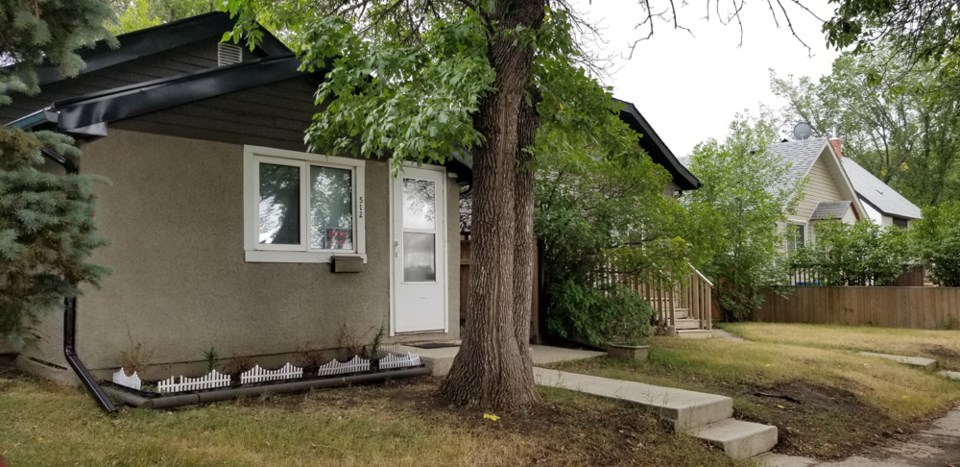SASKATOON — The City of Saskatoon has launched a new program that would encourage homeowners to pursue energy efficient ways in upgrading their homes and install renewable energy sources. Officially called HELP or the Home Energy Loan Program, it will provide low interest loans to single-family homeowners and will be repayable through their property taxes.
The City’s Sustainability Director Jeanna South said homeowners who are exploring solar energy, heating or electricity, are eligible to avail the program. They can even be provided with a vetted contractor list.
“There are some contractors on our list that do that work [solar heating or electricity]. But again, the homeowner could work with the list or they could bring their own contractor on board. They [homeowners] would still be required to do the inner guide audit, as per the protocol the program,” said South.
Loans available for homeowners residing in the city are between $1,000 to $60,000 for terms of five to 20 years and interest rates estimated at 1.45 per cent to 3.14 per cent.
South added that repayments are connected to property taxes.
“What makes the program unique is that the loans are tied to the property and not the person. To be eligible, property owners would need to have their property taxes in good standing.”
“No additional credit checks are needed. The applicant would just need to be in good standing at the time of the application to be eligible for an approval of the application at that point. So, if someone was interested, they would be well served to ensure that their taxes are paid in full. And then certainly look to an application and good standing is determined by the city.”
The loans are meant for energy-efficient upgrades and retrofits, and installation of renewable energy sources. Options included are the replacement of windows, doors, or heating and cooling equipment, adding insulation to the basement, attic, and walls, replacement of toilets and faucets to low-flow, and installation of solar panels.
South said they are looking to have the program for two years with an available funding of $2.5 million. “We have enough funding for approximately 100 applicants, on average, to get us to that $2.5 million. When we're nearing the end of that after the two years or if we've worked through the available funding, we will be preparing a report to the council to just speak to them about what we've seen so far and to provide some recommendations going forward.”
She added that they would look to expand the program.
“Say a multifamily type of program, or certainly larger scale commercial, then we would definitely be looking to crafting a second program it wouldn't necessarily just kind of come out of the home energy loan program. We do anticipate being able to look at different types of structures in the future like condominiums.”
South said the new program also removes some barriers homeowners face when trying to get a loan for repairs and other improvements.
“And, because loans are specifically for energy efficiency and renewable energy installations projects, the whole community benefits from the reduced greenhouse gas emissions.”
“Reducing barriers for energy upgrades, lowering emissions, supporting local employment and businesses, and equitable program development benefit the community and support broader goals set out by City Council.”
Getting an energy audit for their home is the first step for successful HELP applicants, where a licensed professional reviews the house’s current energy efficiency and will then give recommendations how to increase it. The audit, however, is not free but it can be added in the loan amount. The program administration fee can be waived if an applicant’s income is below a set amount.




